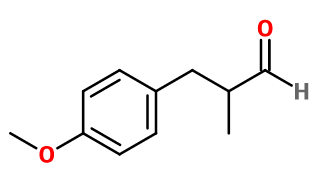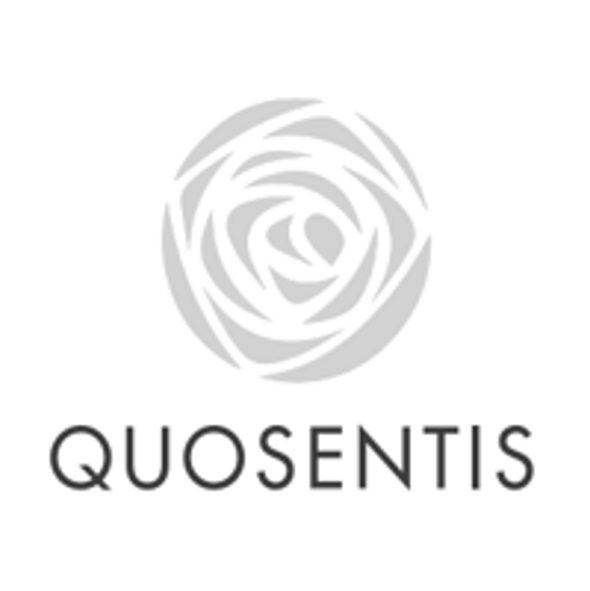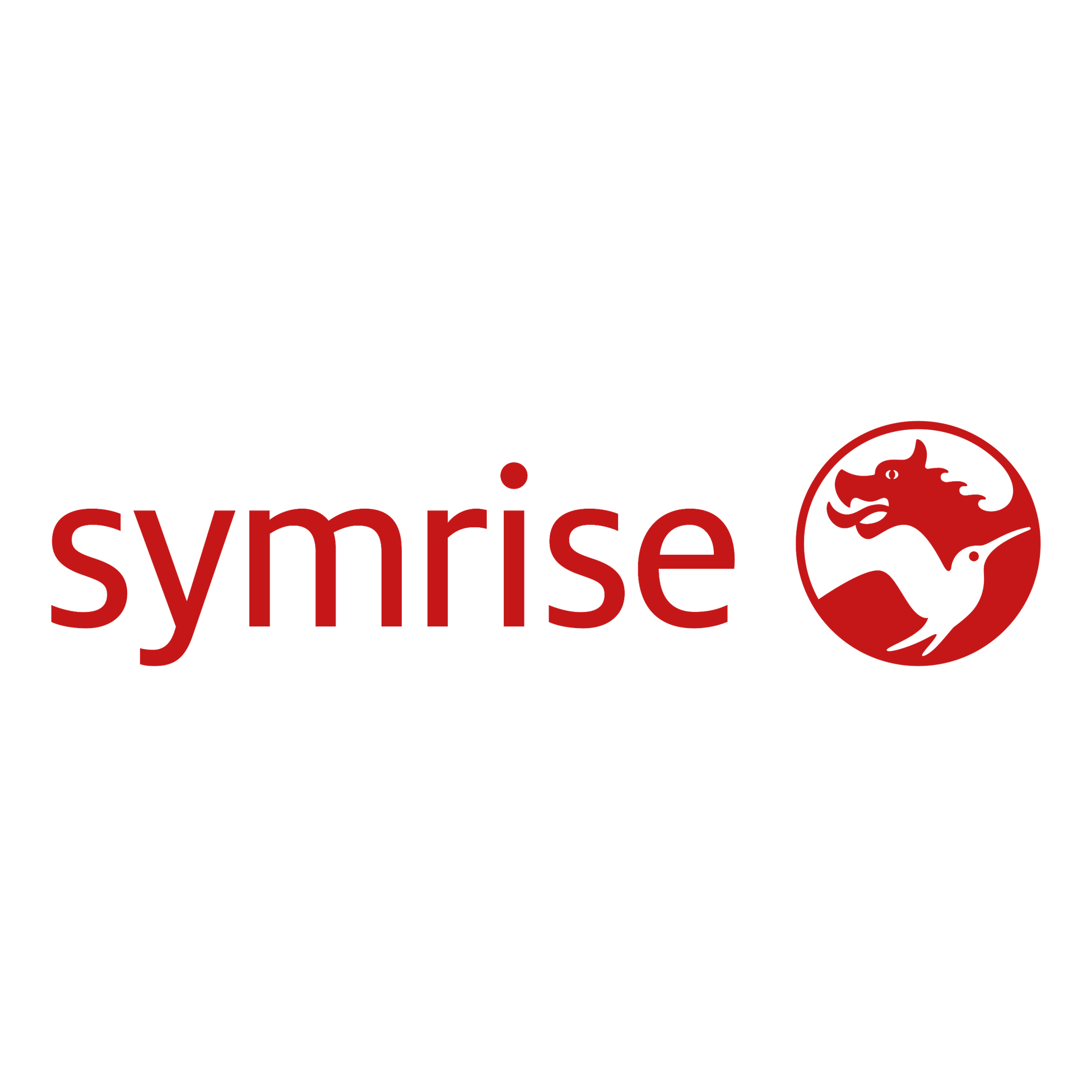Canthoxal®
Synthétique
Herbal > Anisic > Ozonic > Almondy

Crédits photo: ScenTree SAS
Other names :
Anisyl Propanal ; 3-(4-methoxyphenyl)-2-methylpropanal ; Foliaver® ; Fennaldehyde ; Cantonal ; Canthorg ; Floral anise ; 2-methoxy-3-(para-methoxyphenyl) propanal ; 4-methoxy-alpha-methyl benzene propanal ; Para-methoxy-alpha-methyl hydrocinnamaldehyde ; Methoxyhydratropaldehyde ; Methoxyphenal ; 3-(para- methoxyphenyl)-2-methyl propionaldehyde ; 3-(4- methoxyphenyl)-2-methylpropanal ; Alpha- methyl-4-methoxybenzene propanal
Volatility :
Heart
Uses in perfumery :
Canthoxal® is used to create juicy fruits accords (melon, pear...) and floral notes (mimosa, brooms, lilies...). Can be used both as a booster for a cologne head or as a fresh note for oriental perfumes.
Natural availability :
Canthoxal® is not available in its natural state.
Year of discovery :
1951
Other comments :
Canthoxal® is one of the only molecules mixing an anisic and ozonic note.
Price Range :
€€
Stability :
Aldehydes may form diethylacetals in alcoholic perfumes, with no real impact on their smell.
Most of the time, the occurrence of a benzenic cycle in a molecule causes a coloration of this molecule through time
Most of the time, the occurrence of a benzenic cycle in a molecule causes a coloration of this molecule through time

Crédits photo: ScenTree SAS
- Molecular formula :
- C11H14O2
- Molecular Weight :
- 178,23 g/mol
- Density :
- 1,043
- Flash Point :
- 94°C
- Fusion Point :
- Donnée indisponible.
- Appearance :
- Colorless liquid
- Log P :
- 2,5
- Boiling Point :
- 108 °C
- Detection Threshold :
- Donnée indisponible.
Synthesis route :
Canthoxal® is synthesized by a condensation reaction of Anisic Aldehyde with propanal, followed by a hydrogenation of the intermediate product.
Synthesis precursor :
Canthoxal® forms a Schiff base by reaction with Methyl Anthranilate or Indole for example.
Isomerism :
Canthoxal® has an asymmetrical carbon that gives rise to two enantiomers. However, it is the racemic mixture of these two isomers that is used in perfumery.
Methyl Eugenol is a constitutional isomer of Canthoxal®. Its smell is however much more spicy and earthy.
- EINECS number :
- 226-749-5
- FEMA number :
- Donnée indisponible.
- JECFA number :
- Donnée indisponible.
- FLAVIS number :
- Donnée indisponible.
- Allergens :
- This ingredient does not contain any allergen.
- IFRA :
- This ingredient is restricted by IFRA
- Restriction type :
- RESTRICTION
- Cause of restriction :
- DERMAL SENSITIZATION AND SYSTEMIC TOXICITY
- Amendment :
- 49
- Comments :
- This ingredient is part of the Schiff base (Canthoxal-methyl anthranilate (or Canthalide, Anthranolene) - N°CAS :111753-62-9) and induces the application of IFRA regulations for 57,3% of the Schiff base usage. Please also refer to the IFRA Annex II for more information
- Quantitative limit on the use :
-
Cat.1 Cat.2 Cat.3 Cat.4 Cat.5A Cat.5B Cat.5C Cat.5D Cat.6 0,034 % 0,11 % 0,011 % 0,82 % 0,12 % 0,017 % 0,02 % 0,0056 % 0,0028 % Cat.7A Cat.7B Cat.8 Cat.9 Cat.10A Cat.10B Cat.11A Cat.11B Cat.12 0,023 % 0,023 % 0,0056 % 0,054 % 0,054 % 0,12 % 0,0056 % 0,0056 % 4,5 % - Restriction type :
- RESTRICTION QRA
- Cause of restriction :
- SENSITIZATION
- Amendment :
- 47
- Comments :
- This ingredient is part of the Schiff base (Canthoxal-methyl anthranilate (or Canthalide, Anthranolene) - N°CAS :111753-62-9) and induces the application of IFRA regulations for 57,3% of the Schiff base usage. Please also refer to the IFRA Annex II for more information
- Quantitative usage limits :
-
Cat.1 Cat.2 Cat.3 Cat.4 Cat.5 Cat.6 Cat.7 Cat.8 Cat.9 Cat.10 Cat.11 0,17 % 0,22 % 0,89 % 2,67 % 1,4 % 4,28 % 0,45 % 2 % 5 % 2,5 % Not Restricted
To learn more about IFRA's standards : https://ifrafragrance.org/safe-use/library
ScenTree is solely responsible for the information provided here.



